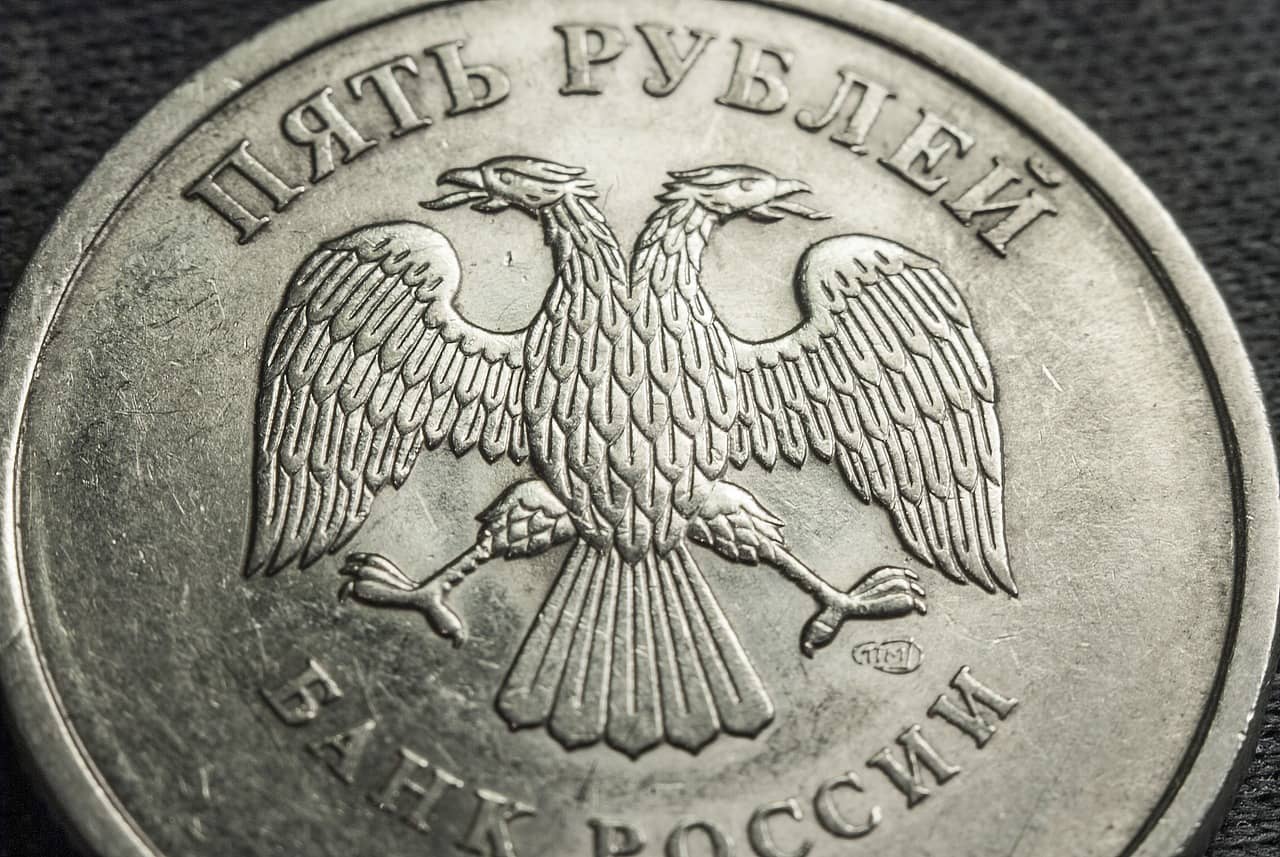The regulation equates digital currencies of other countries with foreign money to use for international payments in Russia. They’re paving the legal way for the launch of the digital ruble.
- The law framing digital ruble includes the standard.
- The BIS is also working on an international payments system with CBDC.
Russia legally recognizes foreign countries’ CBDCs. A new law that came into force in Russia equates digital forms of foreign currency units with foreign currencies, giving them legal recognition. The rule includes central bank digital currencies (CBDCs) in this category, marking a milestone in regulating this type of currency.
Starting from August 1, 2023, Russia recognizes as legal digital foreign currency units. The actions have their motivation in amendments made to Federal Law No. 173-FZ “On Regulation and Control of Foreign Exchange,” which state that digital currencies issued by the central bank or institutions of foreign states “shall be considered foreign currencies if they are in circulation and are legal tender in their country of origin.” In this way, there will be no restrictions to carry out transactions with these CBDCs, opening the doors for the acceptance within Russia of currencies such as the digital yuan of China or the eNaira of Nigeria, for example, some of the digital currencies with the most significant advance worldwide.
The Russian regulation
A newly approved regulation includes a rule that grants legal status to central bank digital currencies from foreign countries. At the end of last July, President Vladimir Putin gave the go-ahead for the new law regulating the digital ruble, Russia’s CBDC. As a result, this legislation could pave the way for a new international payment system.
According to the Russian newspaper CNEWS, the regulation approved by Russia is in line with the tests being carried out by the Bank for International Settlements (BIS) to use CBDCs in cross-border payments. According to BIS experts, digital currencies are considered a more dependable transaction method than traditional systems like SWIFT. Russia was excluded from SWIFT in 2022 after its invasion and the war with Ukraine started.
According to the agency’s report titled “Bridges of Trust and Money Flows,” creating a global platform for digital currency transfers (a plan managed by the International Monetary Fund) could improve efficiency and transparency in international payments.
According to Russian lawmakers, the new digital ruble law seeks to protect citizens’ funds and reduce reliance on foreign currencies and cryptocurrencies. However, it has disadvantages, such as lack of repayment and inability to receive interest on digital ruble deposits. In addition, a survey shows that 28% of Russians surveyed do not trust this new financial instrument.
Nevertheless, with all these developments, Russia joins the list of countries exploring the potential of digital currencies. Among the countries that have already implemented or launched CBDC pilot projects are the Bahamas, Jamaica, China, the Eastern Caribbean Central Bank, Nigeria, India, Ghana, Canada, United Arab Emirates, Saudi Arabia, Uruguay, France, and Iran.
Russia and CDBCs
Russia has been cautious regarding Central Bank Digital Currencies (CBDCs). The country has yet to decide to issue its own CBDC, and there are no indications that it will do so shortly. Russian authorities have expressed concerns over the potential risks associated with CBDCs, mainly regarding financial stability and national security.
One of the main concerns that Russian authorities have raised is the potential for CBDCs to undermine the traditional banking system. Russian Central Bank head, Elvira Nabiullina, has stated that CBDCs could lead to a decline in the demand for bank deposits, which could, in turn, lead to a decrease in lending activity. In turn, this could have negative consequences for the economy as a whole.
Another concern for Russian authorities is the potential of people using CBDCs for illegal activities. There are fears that criminals could use CBDCs for money laundering, terrorism, and criminal activities. Russian authorities have stated that they must carefully assess the risks associated with CBDCs before deciding whether to issue their own.
Will Russia issue a CBDC?
Despite these concerns, Russia has not entirely ruled out the possibility of issuing its own CBDC. The country has been closely monitoring developments in the CBDC space. They joined discussions at the international level. Russian authorities have stated that they will continue to evaluate the likely advantages and dangers associated with CBDCs and decide whether to issue their own based on these assessments.
In the meantime, Russia has been exploring other areas of digitalization in the financial sector. The country has been developing a national payment system known as Mir, designed to give a secure and reliable payment infrastructure for Russian citizens and businesses. Many see Mir as a way to reduce the country’s dependence on foreign payment systems and promote digital payment use.
Russia’s stance on CBDCs is one of caution and careful consideration. While the country has yet to decide to issue its own CBDC, it is keeping a close eye on developments in the space and is participating in international discussions. Russian authorities have expressed concerns over the potential risks associated with CBDCs, mainly regarding financial stability and national security. However, the country has yet to entirely rule out the possibility of issuing its own CBDC and will continue to assess the risks related to this technology.

